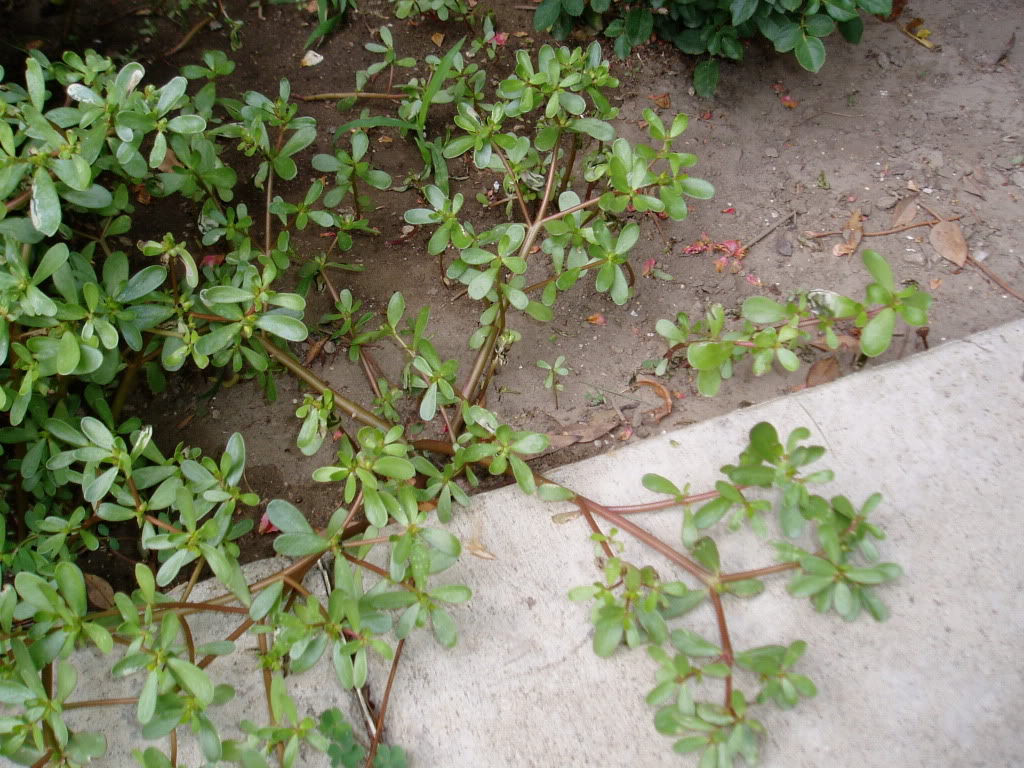Summer Lawn Care Tips for Wichita, KS

Kansas winters are hard, with freezing cold temperatures and layers of snow. Summer in Wichita can be a scorcher, with temperatures soaring upwards of the nineties and hundreds. It is essential to understand the needs of your lawn throughout all of the seasons to keep your yard thriving throughout the season.
Everyone wants to have a beautiful, green lawn, but achieving that can seem complicated. Here are some simple summer lawn care tips for Wichita that will give you the yard of your dreams.

Understand Your Grass Type
First, you’ll want to understand what grass type your lawn has in order to care for it properly in the growing months.
Bluegrass, rye, and fescue are cool-season grass types with growth spurts in the spring and fall. However, in Wichita, most lawns have a warm-season grass such as Bermuda, St. Augustine, or Zoysia. These grass types start to grow after the final frost and flourish until the middle of the summer.
Let Your Yard Breathe
Soil compaction prevents air, water, and sunlight from reaching the root system. Your grass needs all of these and nutrients in order to grow and thrive properly. If your lawns soil is compacted, you’ll want to aerate your lawn. Aeration lets your lawn breathe by creating holes in the soil, opening it up and allowing moisture, oxygen, and nutrients to seep into the ground.

Take Care of the Weeds
If you have a heavy crabgrass infestation, summertime might require another application of herbicide. Crabgrass can quickly take over your entire lawn, depleting the infestation of crabgrass should be a priority. It is a good rule of thumb to apply a second round of preventer in June.
Is That a Grub?
Grubs are small white bugs that hide in soil under sod and eat the root system. Its common to not notice them immediately, however, as the infestation grows you will see small patches of your lawn turning brown.
To determine if grubs are a problem, lift up a piece of your sod. If it comes up easy and you find grubs in the first inch of your soil, you have a grub infestation. July is a great time to apply products to get rid of grubs and other lawn pests. If you can’t seem to get rid of them, a lawn care professional can help.
Fertilize
Labor Day signifies the “end” of summer for most families because the kids go back to school. However, the temperatures can still reach the nineties. Fertilizing around the beginning of September is one of the most essential fertilizations of the year. For best results, use a fertilizer with a high amount of nitrogen and water it in after application.
Also, don’t feel tempted to fertilize in the summer. Fertilizing cool season grass during the hot summer months increase their need for moisture. It is best to feed most grass types either in the fall months, but spring is another good choice. Fall fertilization increases the health of your grass and prepares it for the stress of the winter months ahead.

Maintain Mowing
If you have a cool season grass, like bluegrass or tall fescue, you need to mow high during warm weather. It shouldn’t be lower than three inches tall. Mowing low causes drought stress because it takes away the grass’s natural defense mechanism. Mowing high also means that you reduce how much water you need to give the grass. The roots have time to grow longer in the quest for water.
Also, make sure your blades are sharp throughout summertime. A clean-cut ensures that there is minimal water loss, but dull blades tear and shred your grass blades. Shredded and torn grass blades can turn brown and leak out moisture.
Water Deeply, Not Lightly
Wichita summers can send intense heat waves your way, and light watering isn’t a good idea for a thirsty lawn. The best method is to water deeply two to three times a week, even during the summer heatwaves. Your yard should get 1.5 to 2 inches of water per week. You want to water in .5 inch increments with a day in between each session.
For best practice, water your lawn in the early morning. If you water during midday hours, the high temperatures are at their peak, and the sun is at its highest point. That means a significant amount of the water will be lost to evaporation. Watering in the morning allows the soil to absorb as much of the water as possible before the temperatures increase.
Need help preparing your lawn in the meantime? Visit our Wichita lawn care page to get in touch with a professional! In addition to Wichita, we provide lawn care services in other Kansas cities, including Shawnee.
Featured image source: Zillow Wichita